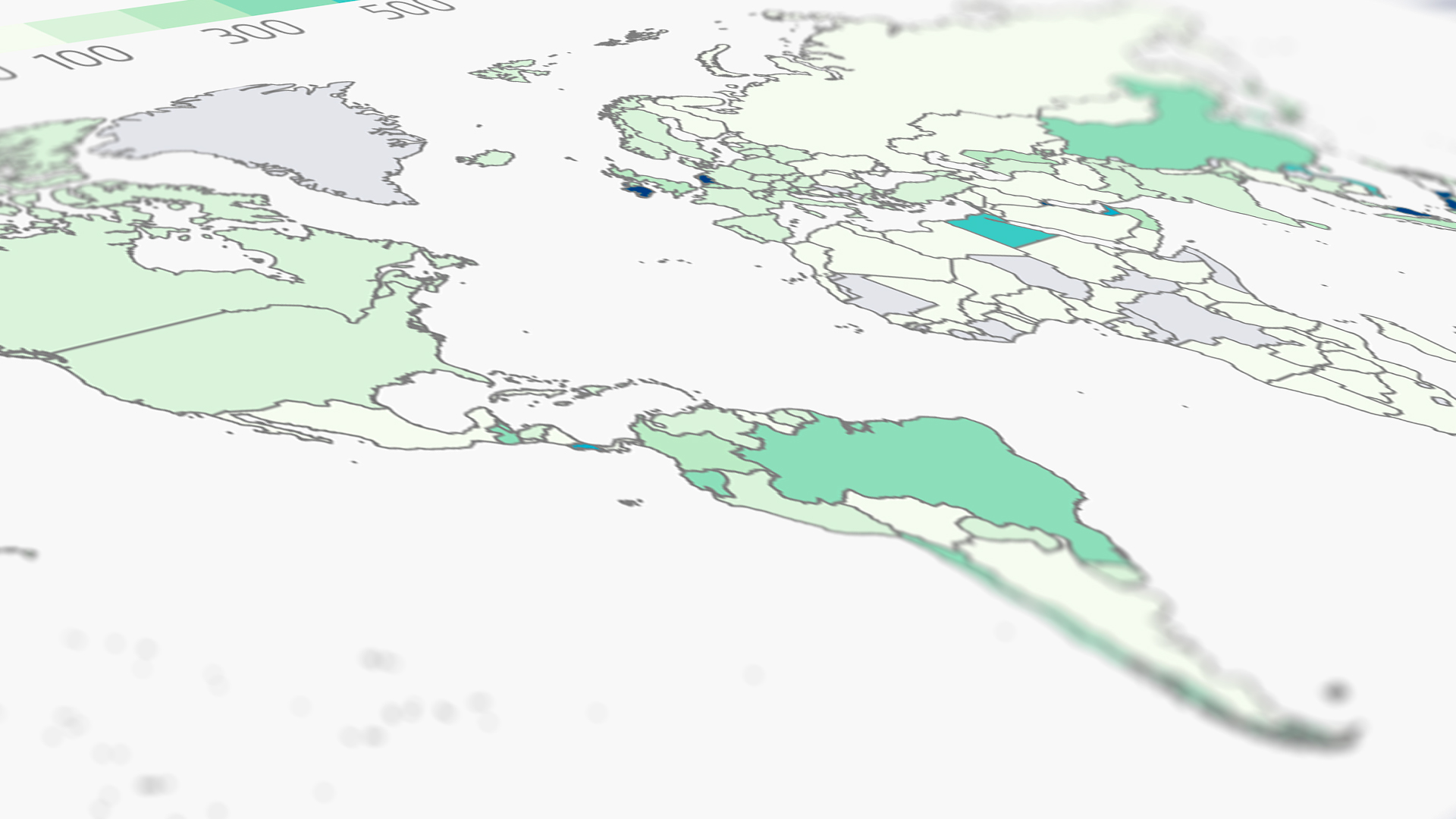Tracking the growth of green fertiliser production worldwide
The production of synthetic nitrogen fertiliser is a significant source of global greenhouse gas emissions. Attempts are underway to tackle this problem by producing the fertiliser’s key ingredient - ammonia – with green hydrogen made using renewable energy. A new Agora Industry tool will keep track of nascent efforts to decarbonise synthetic nitrogen fertiliser production around the world.

Synthetic nitrogen fertilisers have allowed humans to greatly increase agricultural productivity over the past century. But this came with negative implications for the global climate due to additional greenhouse gas emissions from fertilizer production and use.
Eliminating the fertiliser industry's production-related emissions is a critical step in global efforts to reach net zero. Numerous companies have announced plans to shift to renewable nitrogen fertilisers, but their production is still limited. Agora Industry is launching a new online tool to monitor the decarbonisation of nitrogen fertiliser production worldwide and track the implementation gap on the way to climate neutrality.
The Global Green Fertiliser Tracker looks at projects which manufacture ammonia – a key building block of nitrogen fertilisers – using hydrogen made with renewable energy or using biomethane. Current production methods for hydrogen, and by extension ammonia, rely on fossil fuels such as gas and coal. Eliminating them from the process would ultimately decarbonise the production of nitrogen fertiliser and save almost 440 million tonnes of carbon dioxide per year, approximately one percent of current greenhouse gas emissions.
Using renewable hydrogen for nitrogen production is considered a “no regret” application of this still scarce molecule, which should be reserved for those uses where other forms of decarbonisation are not feasible. Several major food and beverage producers have indicated a willingness to pay a premium for green fertiliser to meet their greenhouse gas emission reduction targets. For the final consumer, the use of green fertiliser adds only a few cents to the price of products such as bread, crisps or beer, while substantially reducing their carbon footprint.
Of the eight projects so far tracked, most are located alongside an existing large-scale ammonia plant and operated by established fertiliser producers. Two of the projects are run by start-ups that have built small-scale greenfield facilities next to agricultural sites they plan to supply. Solar PV dominates as a source of renewable electricity among early movers. Most projects source energy from solar PV using dedicated installations. To ensure the sustainable transformation of fertiliser production in the long run, it is important that the electricity used to produce green hydrogen comes from renewable energy projects that are "additional". This means that the hydrogen projects should trigger additional investment in renewables to avoid using clean electricity that is currently supplied to other users.
The sites so far covered by the tracker produce approximately 61 000 tonnes of ammonia per year, which corresponds to 10 800 tonnes of hydrogen. According to the International Energy Agency (IEA), around six million tonnes of renewable hydrogen is needed for the fertiliser industry by 2030 to be on track to net-zero emissions by mid-century.
Given the need for long-term investment, project planning cycles and the urgency of the climate crisis, it is critical to accelerate the fertiliser sector’s transformation.
Eliminating emissions caused by fertiliser production is only one step. Two-thirds of greenhouse gas emissions from synthetic nitrogen fertiliser result from its use, for which other solutions including increasing efficiency of nitrogen use will be required. As nitrogen pollution causes numerous further environmental problems, avoiding nitrogen surpluses and emissions of reactive nitrogen compounds is among the most important agri-environmental measures.
The Global Green Fertiliser Tracker will provide all stakeholders with impartial information about pioneering projects to decarbonise nitrogen fertiliser production. Like Agora Industry’s Global Steel Transformation Tracker, this free online resource will be updated regularly to include the latest developments and initiatives. It can be accessed below.



